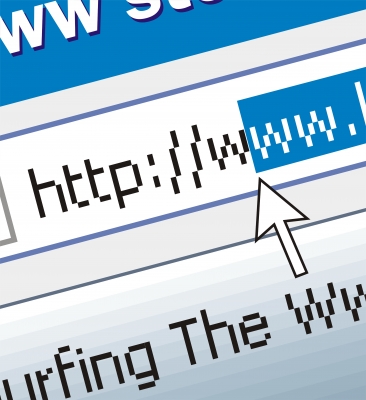Defining Your Site: 4 Tips For Maximizing Conversion


When creating your small business website, it’s crucial to keep conversion in the forefront of your mind. Depending upon your business, a conversion can take on various forms. At its root, a conversion is any action a visitor takes to positively interact with your operations. It could be subscribing to your newsletter, buying a product or service, leaving a comment on your blog or even following you on social media. No matter what a conversion looks like for your business, your entire website should be built to guide visitors toward a converting action. Not sure how to get your site set up to facilitate conversions? These 4 tips can help you build your website to drive conversions.

Conversions can look different for businesses depending on the industry. If you run an ecommerce site that sells a product, a conversion most likely involves a customer putting an item in his shopping cart and going through with the purchase. Maybe your business is more B2B? Then you’re probably after emails and leads. A conversion for a B2B company could be a downloadable white paper or eBook that requires an email address or contact information for access. Once you know what a conversion looks like for your business, you can set up your website to support those converting actions.
When building your site, choose the best web hosting package that supports your business’ type of conversion. If your business measures conversion by the number of email addresses and leads acquired, choose a website hosting package that can support good content and email addresses. If you sell a product or service, choose an ecommerce web hosting package that lets you build your own online store and includes an SSL certificate so you can start conducting business safely and securely right away.
If your business counts conversion as emails or leads, create great content to convince customers that it’s worth their time to subscribe to a list, download something or leave their contact information. Create content that answers a customer’s most common questions, even if it’s a tough question to answer, or an answer that starts with, “It depends.” Addressing the most common problems, questions, pain points and issues a customer has with a specific product or industry is a great way to get plenty of new leads. Explain why your business exists, what your purpose is, why customers need you and how you can help answer their questions.
If your business relies on the sell of a good or service as a conversion, your site should be organized to help facilitate easy online shopping. A cluttered online store that’s difficult to navigate, or a checkout system with too many tedious steps will likely send a customer away from your site. Cart abandonment – when customers put items in their cart but leave without buying – is a common problem that’s sometimes the result of a poorly constructed checkout. The purchasing process should be easy to understand for Internet users of all levels and simple to execute in as few steps as possible. Eliminate extra steps, allow users to buy as a guest instead of logging in and make sure to specify that the online store is safe and secure for transactions.
Creating your site to drive conversions will help you launch your business on the right foot. Know what conversions look like for your business and understand the process that takes customers there. Create content that drives conversions by answering questions and explaining why your business can help. If you run an ecommerce site, be sure your site is set up to facilitate an easy checkout.
